#synchlora aerata
Note
Hi! Have you done the wavy-lined emerald moth yet?
Moth Of The Day #125
Wavy-lined Emerald Moth / Camouflaged Looper
Synchlora aerata
From the geometridae family. They have a wingspan of about 17 mm. They occupy a large variety of habitats. They can be found in the United States and Canada.

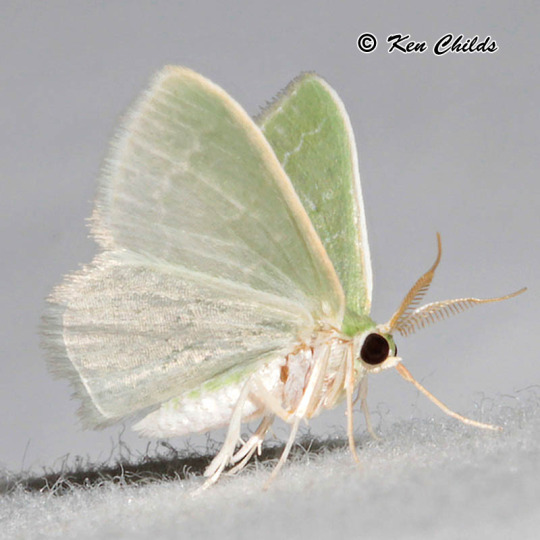
#moth#moths#lepidopterology#lepidoptera#pretty moth#nature#insect#bugs#moth of the day#motd#insects#bug#pretty moths#lepidoptery#entomology#bugblr#geometridae#geometridae moth#wavy-lined emerald moth#synchlora aerata
379 notes
·
View notes
Text
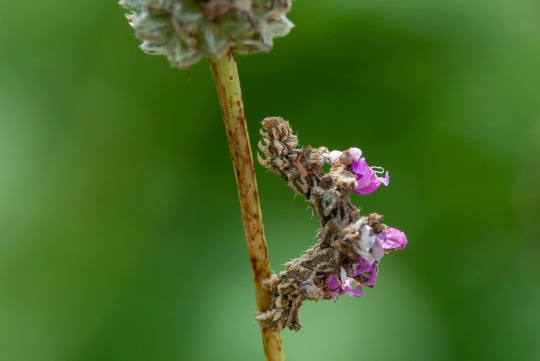
The Camouflaged Looper: This Inchworm Makes Its Own Flower “Costume”
Meet the caterpillar with incredible ability to disguise itself by attaching pieces of plant to its back.
Synchlora aerata, otherwise known as the camouflaged looper or wavy-lined emerald moth.
© Chris Helzer / TNC
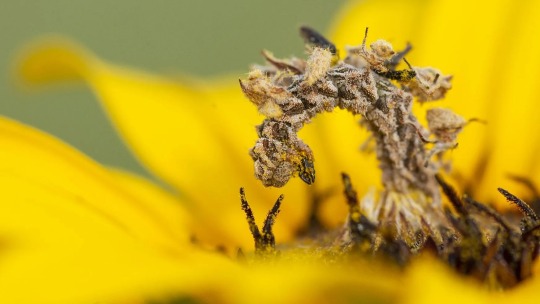
The larva of the wavy-lined emerald moth (Synchlora aerata) feeding on plains sunflower(Helianthus petiolaris). The caterpillar disguises itself by gluing bits of the flowers it eats to its back as camouflage
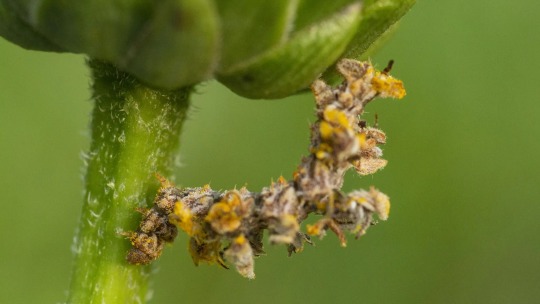

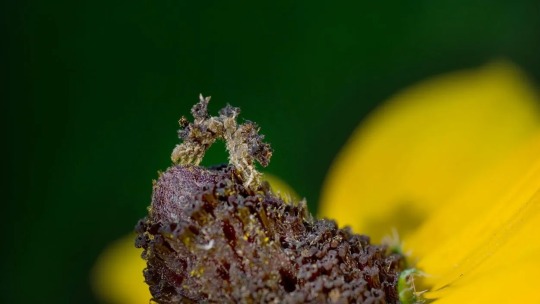

#chris helzer#photographer#tnc#camouflaged looper#wavy-lined emerald moth#inchworm#synchlora aerata#nature#insect#caterpiller
62 notes
·
View notes
Text

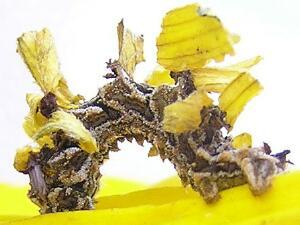
[photo credit: Julianna Schroeder, Carroll Rudy]
todays lepidopteran is the wavy-lined emerald moth (Synchlora aerata), also called the camouflaged looper!
its caterpillar is a looper/inchworm that decorates itself with plant pieces to camouflage itself!
#bugblr#daily lepidopteran#moths#geometridate#geometer moth#wavy-lined emerald moth#Synchlora aerata
38 notes
·
View notes
Text
The Camouflaged Looper: these caterpillars fashion their own camouflage by collecting flower petals/vegetation and using silk to "glue" the pieces onto their bodies
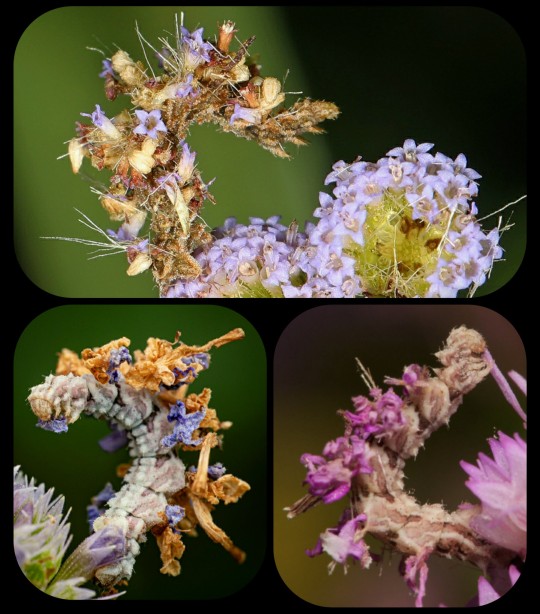
Often referred to as "camouflaged loopers," the caterpillars are the larvae of the wavy-lined emerald moth (Synchlora aerata).
Camouflaged loopers deploy a unique form of self-defense -- they snip off tiny pieces of the flowers upon which they feed, then use bits of silk to attach the vegetation to their backs. This provides them with a kind of camouflage, enabling them to blend in with the plants that they eat.

Some of them create little tufts that run along their backs, while others fashion a thicker camouflage that covers their backs completely. In some cases, the camouflaged loopers will even build much larger bundles that surround their entire bodies.
Their range includes most of North America (from southern Canada down through Texas) and they can feed upon an enormous variety of plants, so the disguises that these caterpillars build can come in countless colors, shapes, and sizes, incorporating many different flowers and other plants.

And this is what the fully-developed moth looks like:
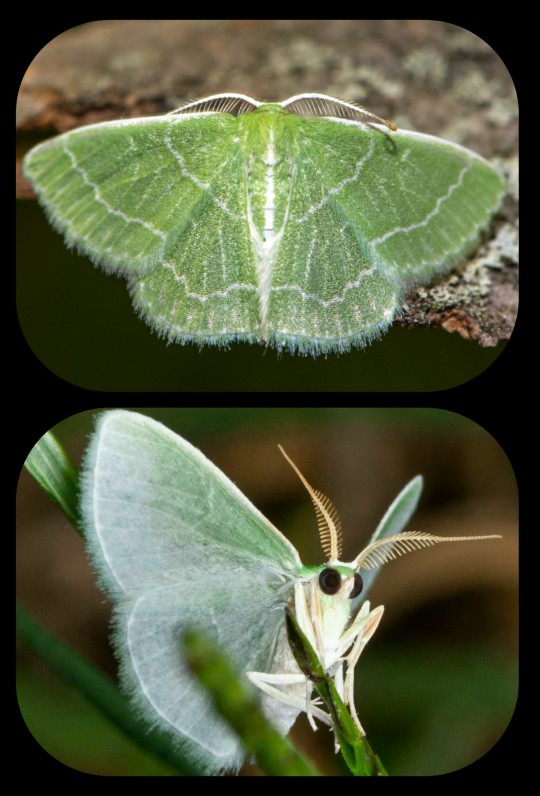
Sources & More Info:
Loudoun Wildlife Conservancy: Wavy-Lined Emerald, Master of Disguise
Maryland Biodiversity Project: Wavy-Lined Emerald Moth (Synchlora aerata)
The Caterpillar Lab: Camouflaged Looper
University of Alberta Museums: Synchlora aerata
Missouri Department of Conservation: Wavy-Lined Emerald
Nebraskaland Magazine: The Amazing Camouflaged Looper
Lake County Forest Preserves: Camouflage Revealed
#lepidoptera#moths#insects#caterpillar#camouflaged looper#animal camouflage#cute bugs#tw bugs#fashion#nature is weird#animal facts#these literal larvae have better fashion sense than I do
7K notes
·
View notes
Text
this flower-feeding inchworm (larva of the wavy-lined emerald moth, Synchlora aerata) is a “decorator caterpillar” that chews off pieces of leaves and flowers and attaches them to its body for camouflage. Its strange twitchy movements probably help it look more like a piece of debris in the wind than a crawling caterpillar.
this one was feeding on goldenrod and has mostly dead, brown flower parts, but they’ll also cover themselves with brightly colored petals depending on what kind of flower they’re feeding on. The adult wavy-lined emerald is bright green and holds its wings flat at rest to stay hidden on leaves.
(Massachusetts, 8/6/22)
1K notes
·
View notes
Text

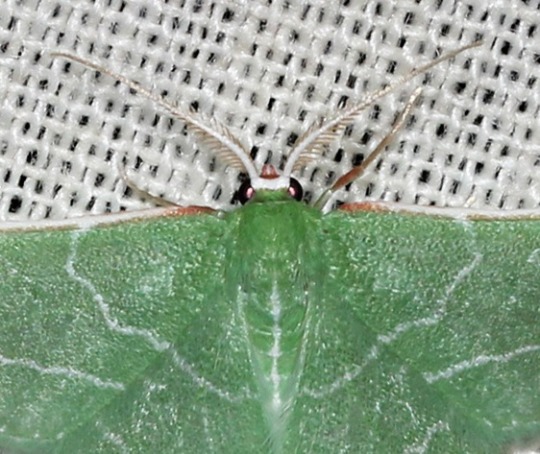
Wavy-lined Emerald Moth (Synchlora aerata), family Geometridae, Mangini Ranch, Contra Costa County, California, USA
photograph by Kaldari
103 notes
·
View notes
Text
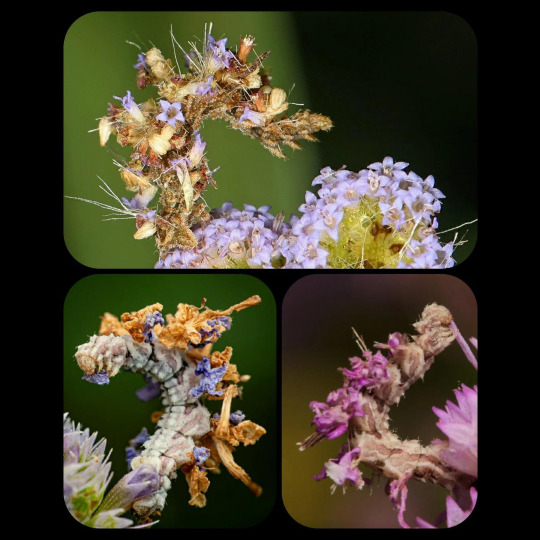
Orugas de la polilla esmeralda ondulada (Synchlora aerata): estas orugas son capaces de fabricar su propio camuflaje recogiendo pétalos de flores y otros trozos de vegetación, y utilizando seda para «pegar» los trozos en su cuerpo.
0 notes
Photo
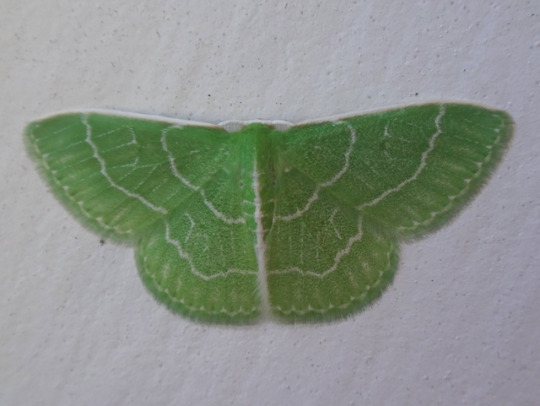
Wavy-Lined Emerald (Synchlora aerata)
55 notes
·
View notes
Photo
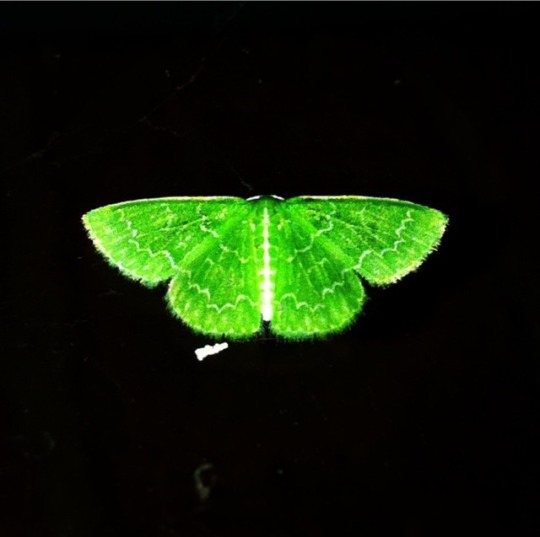
Synchlora Aerata aslo known as Wavy-Lined Emerald Moth or Camouflage Looper is part of the Geometridae family! They are found in most of North America! This one was found on my front porch!
#Synchlora Aerata#moths#lepidoptera#entomology#ento#bugs#wavy-lined emerald moth#camouflage looper#find#texas nature#nature#wildlife
4 notes
·
View notes
Photo
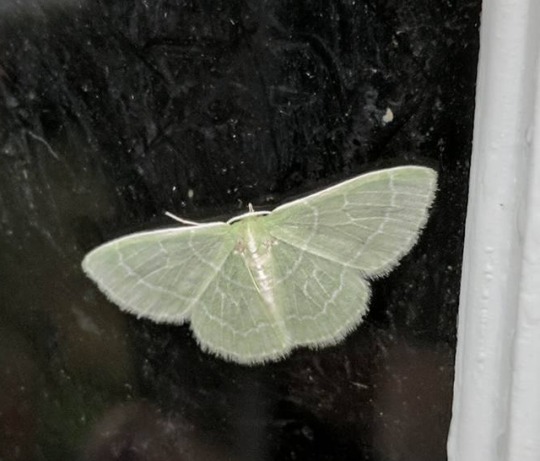
Wavy-lined emerald, Synchlora aerata! These little guys have crazy caterpillars that attach bits of whatever they feed on to themselves and end up looking like a punk haircut!
#Insect#Lepidoptera#Moth#Wavy-lined emerald#Entomology#Lepidoptery#Nature#Photography#Macro#Kentucky#Green#White#Synchlora aerata
5 notes
·
View notes
Text
resisting the urge to spend $30 on bug stuff
#look bioquip is going down and i still have never made an insect mount#and they have both drepana arcuata and synchlora aerata in stock 👀👀#noise on comms
0 notes
Photo
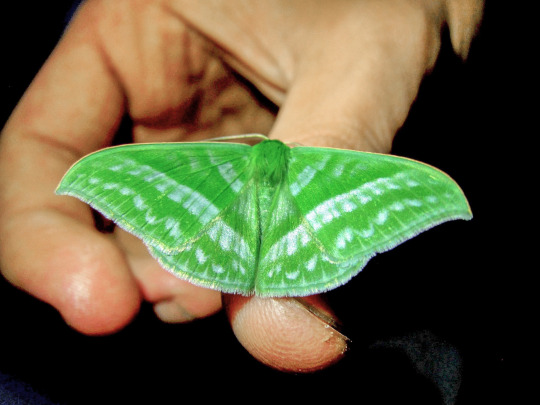
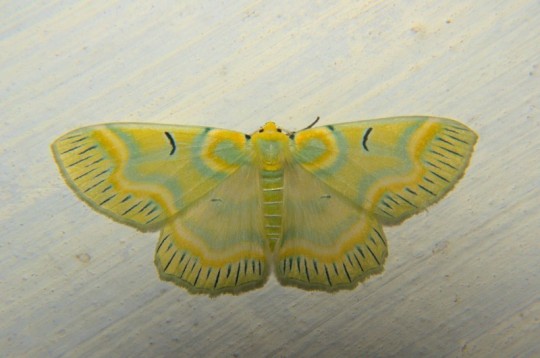
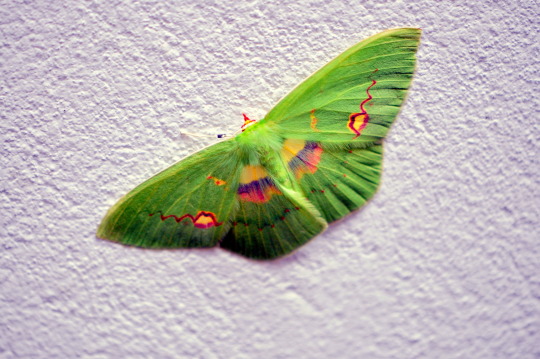

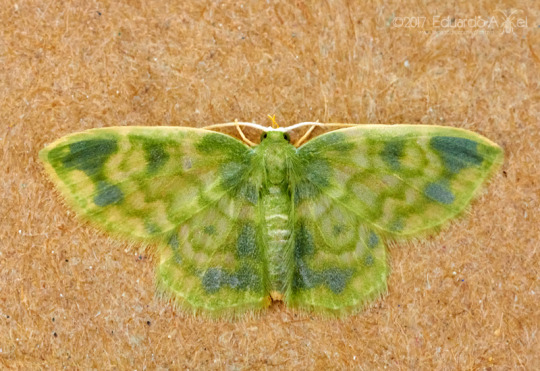
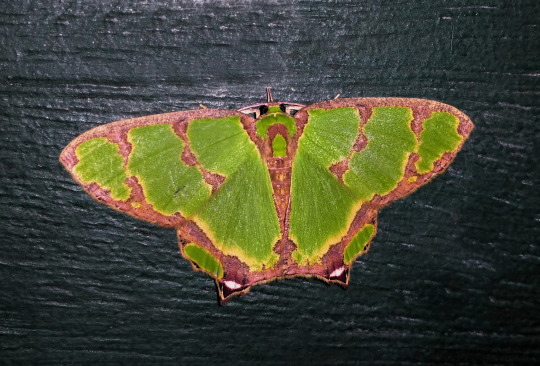

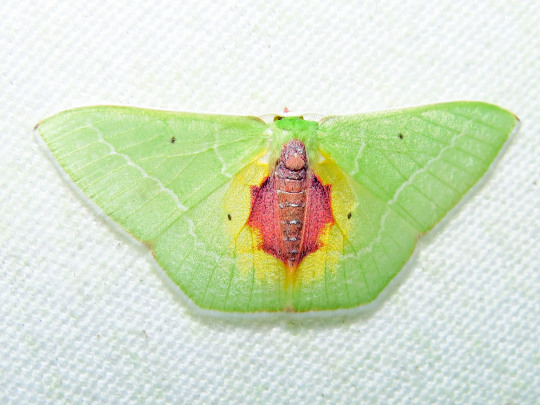

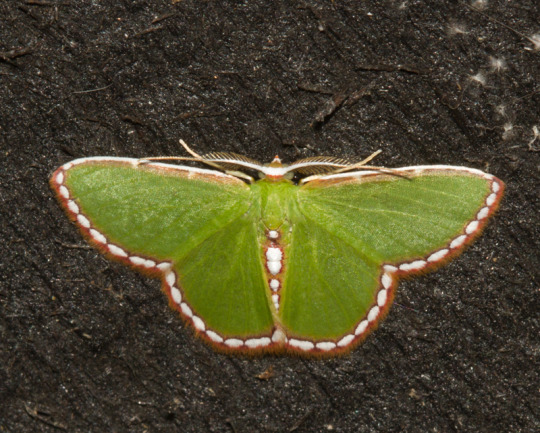
Emerald moths in the subfamily Geometrinae, family Geometridae
1. Mixochlora vittata by jasonalexander
2. Iotaphora iridicolor by rohitmg
3. Rhodochlora brunneipalpis by micarva
4. Chlorodes boisduvalaria by simongrove
5. Hydata sp. by eduardo_axel
6. Agathia pisina by johnlenagan
7. Chlororithra fea by purnendu
8. Nemoria astraea by batfish
9. Eucyclodes gavissima by ivijayanand
10. Synchlora pulchrifimbria by arnoldwijker
Bonus cute wavy-lined emerald face:

Synchlora aerata by ponerinecat
#animals#insects#curators on tumblr#bugs#moth#geometer moth#geometridae#geometrinae#emerald moth#wavy lined emerald#one nice bug#long post
5K notes
·
View notes
Note
Do you have any cool grub/caterpillar facts that could help me be less afraid of them? For the most part I'm comfortable with bugs, but insect larvae just make me instantly terrified for some reason.
Sure! Here are some pretty cool caterpillar facts:
Caterpillars only actually have six legs just like their adult counterparts; moths and butterflies do.
The three pairs of legs, typically on the thoracic section of the caterpillar (the front of the body) are considered the true legs while the remainder on the abdominal section of the body are prolegs. False legs that are used to climb and grip onto the surface of plants.
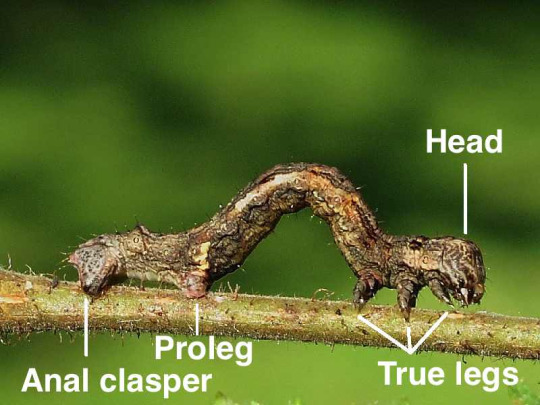
Caterpillars also have a ton of cool defense mechanisms to ensure they stand some chance of surviving until adulthood.
The hermit crab caterpillar for example, has a really unique method of protection that has previously not been observed. They wrap themselves in leaf litter and glue it together using their spit. This essentially works as a suit of armour.
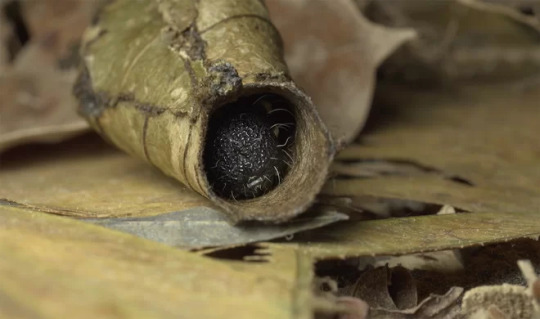
Some caterpillars will also disguise themselves as other animals, plants or even animal droppings. The camouflaged looper (Synchlora aerata) for example using the petals from the plants it eats and sticks it to it’s body (using spit again) in order to blend in with the plant.

Not all caterpillars are herbivorous, some are actually carnivorous like the Pug moth (Eupithecia). The caterpillars camouflage into the plant by stretching out their bodies and looking just like a harmless stick or apart of the plant. When suitable prey comes close enough the caterpillar will spring it’s whole body up and snap down on the prey with it’s clawed legs.
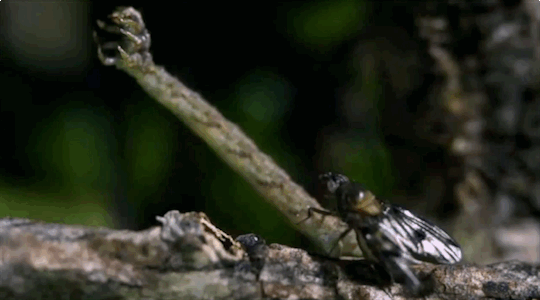
156 notes
·
View notes
Photo

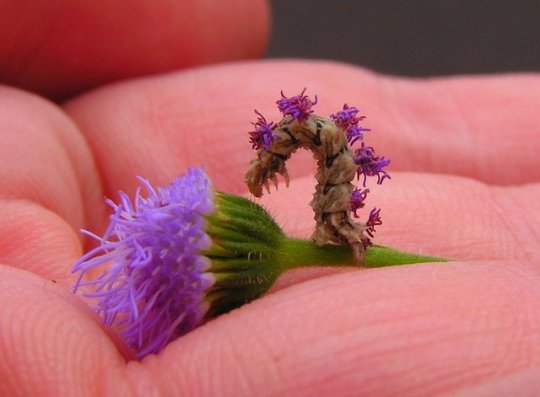
Caterpillar of the Wavy-lined Emerald Moth (Synchlora aerata) AKA Camouflaged Looper
These caterpillars use bits of the plant material they've been eating to stay "hidden." Look for them!
Photos: Hope Abrams | Flickr CC and Lisa Brown | Flickr CC
via: U.S. Fish and Wildlife Service
198 notes
·
View notes
Photo
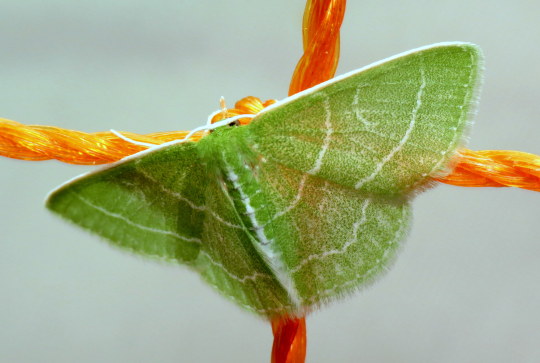
Bug of the Day
A wavy-lined emerald (Synchlora aerata) at the light last July.
288 notes
·
View notes
Photo

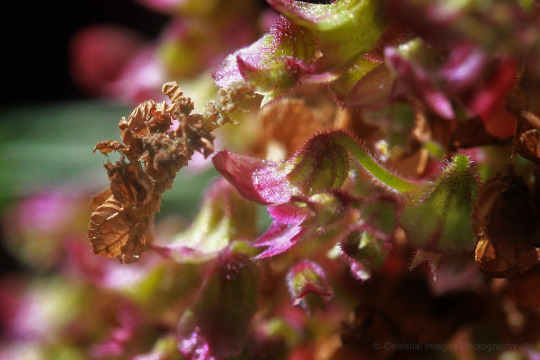
Wavy-lined Emerald Moth or Camouflaged Looper (Synchlora aerata,) southeastern Pennsylvania, mid to late Sept.
A couple of weeks ago, I saw this bit of debris in the coleus appear to move independently. I shot one frame before I convinced myself that I must have been imagining it. Once I was researching the name of the green moth I came across photos of its caterpillar and went back to find the bottom picture. It is a little back-focused, but you can see 3 sets of legs at the top of the brown bit on the left. The caterpillar sticks bits of organic material onto its back for camouflage.
46 notes
·
View notes